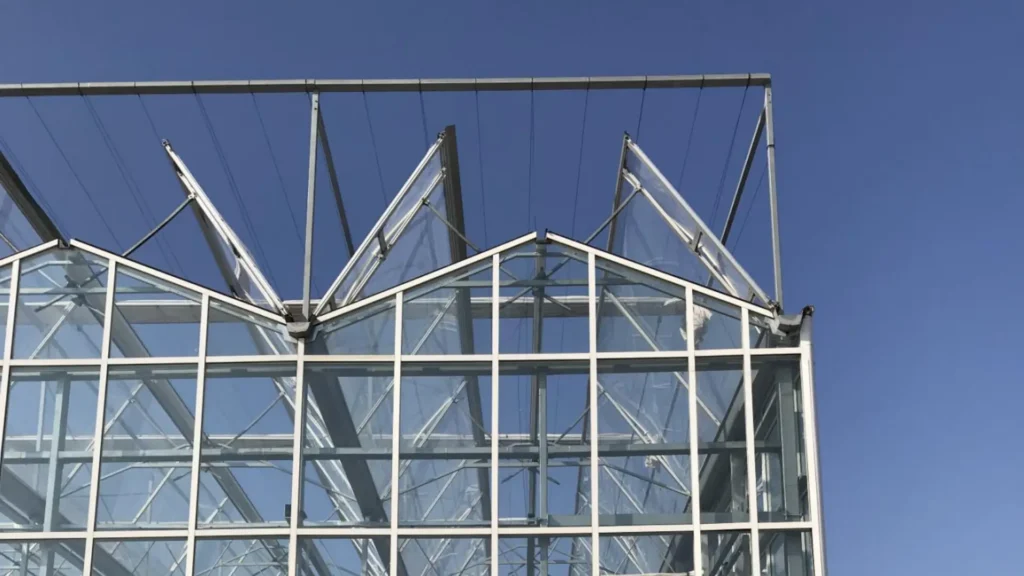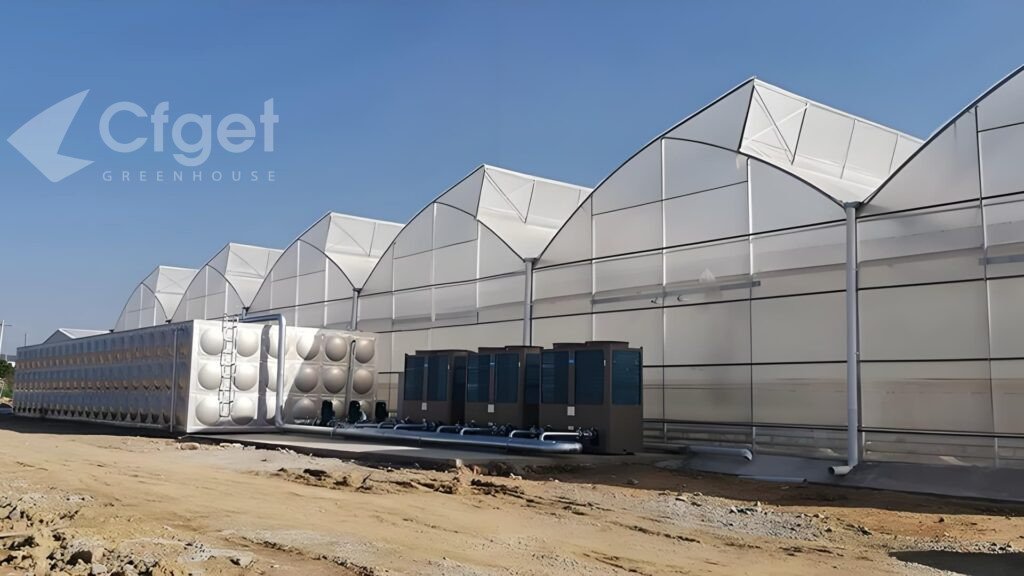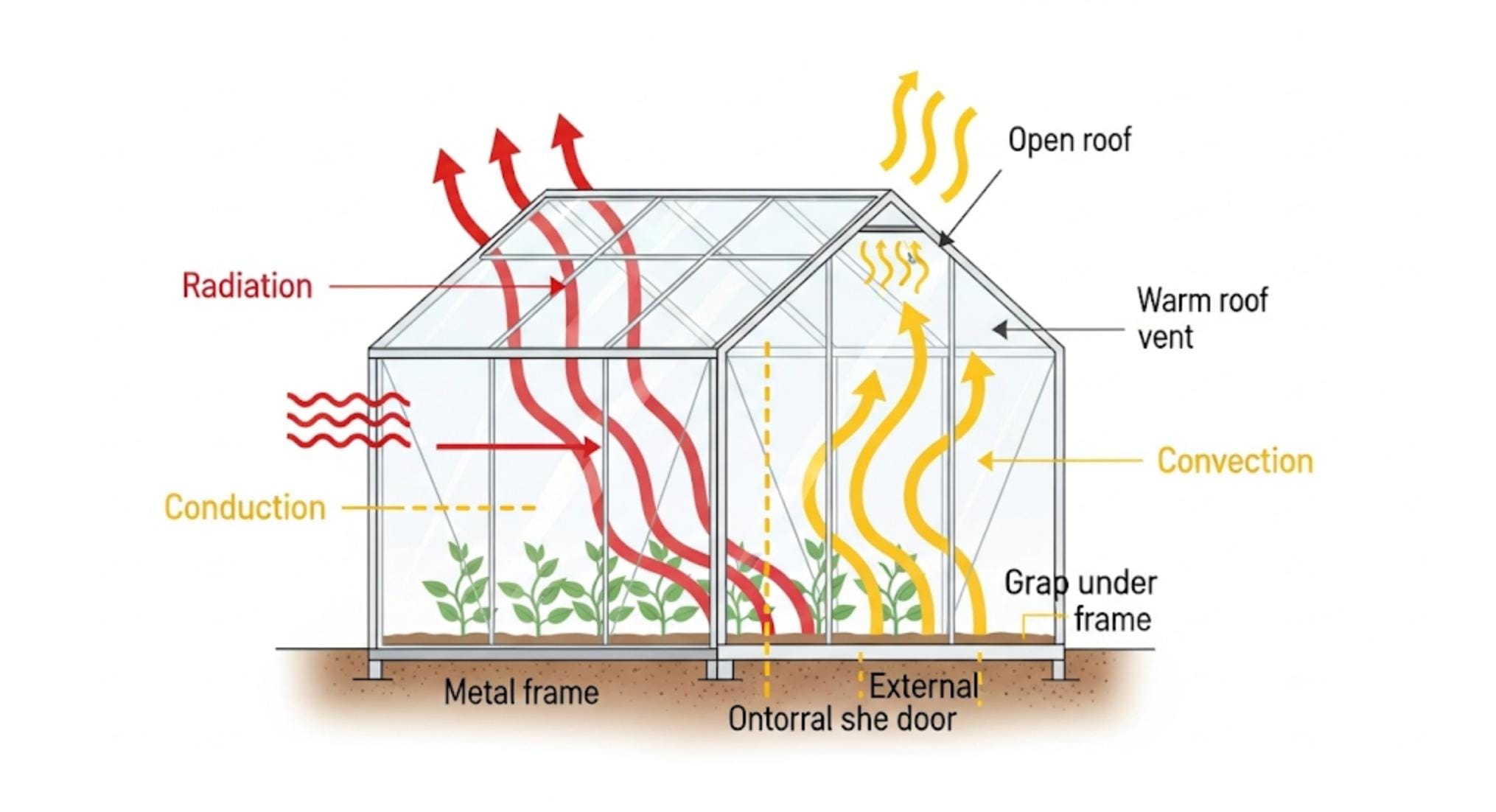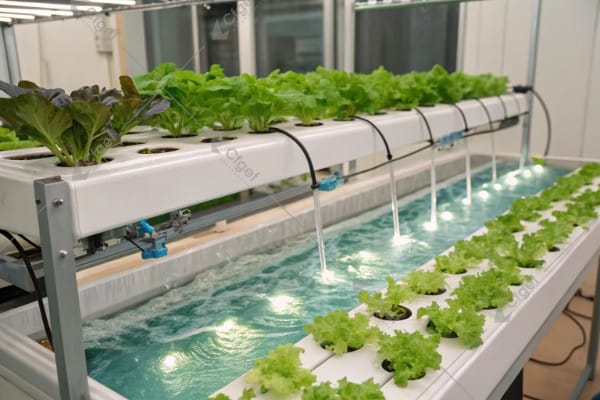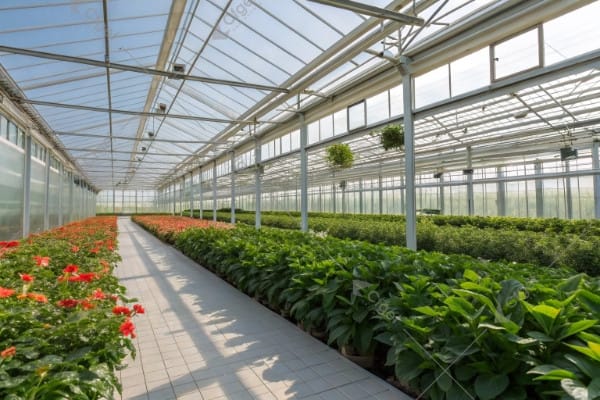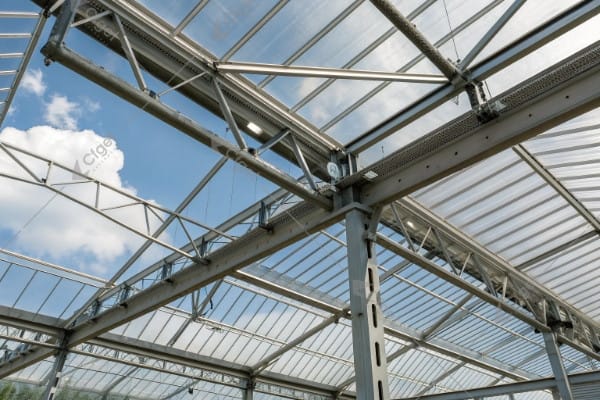Are you overwhelmed by the many greenhouse options available? Many growers struggle to pick the right structure. They worry about cost, durability, and how well it fits their local climate and crops. Making the wrong choice can be a costly mistake.
There are several main types of greenhouse structures to consider. These include arch, Gothic, sloped, sawtooth, and Venlo designs. Each offers unique benefits in terms of cost, longevity, light transmission, and climate suitability.
Choosing the right structure is vital for success. Let’s explore these options to help you make an informed decision for your farm.
What are the different greenhouse structure?
Feeling lost when comparing greenhouse designs? Many farmers find it challenging to understand the differences. They’re unsure which structure best suits their needs and budget.
Several different greenhouse structures are available, each with its own design. Common types include arch, Gothic, sloped, sawtooth, and Venlo. Each has advantages and is best suited for specific conditions.
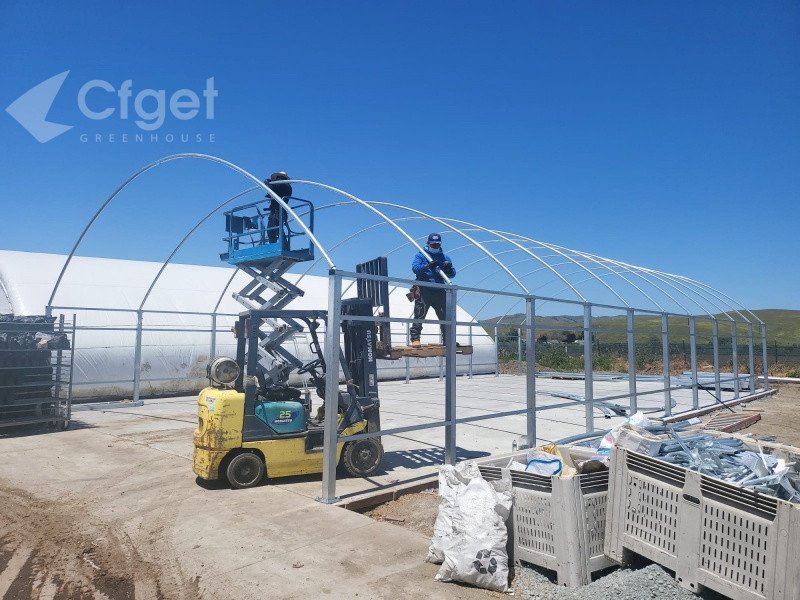
Let’s delve deeper into these structural variations. This will help you better understand their unique features and applications.
Arch Greenhouses (Hoop Houses)
Arch greenhouses1, often called hoop houses, are a popular choice due to their simplicity and affordability. Their curved shape helps to evenly distribute wind and snow loads. However, the curved walls can limit usable space along the sides.
| Feature | Description |
|---|---|
| Shape | Curved, like a half-circle |
| Cost | Generally low |
| Durability | Good resistance to wind and snow |
| Space Utilization | Can be less efficient along the sides due to the curvature |
I recall working with a client in a windy region. They chose an arch greenhouse for its cost-effectiveness. We reinforced the structure to enhance its wind resistance, ensuring it could withstand the local conditions.
Gothic Greenhouses
Gothic greenhouses2 feature a pointed arch. This helps shed snow and prevents water buildup. The design also allows for better light transmission than rounded arches. They are suitable for areas with significant snowfall or rainfall.
| Feature | Description |
|---|---|
| Shape | Pointed arch |
| Snow/Water Shedding | Excellent |
| Light Transmission | Better than rounded arches |
| Cost | Moderate |
A client in a snowy mountain area chose a Gothic greenhouse. The pointed design proved perfect for shedding heavy snow. This protected their crops and the structure itself from damage.
What are the basic types of greenhouse?
Confused about the fundamental greenhouse types? Many find it difficult to grasp the core differences. Understanding the basic types is key to selecting the right one.
The basic greenhouse types are arch, Gothic, sloped, sawtooth, and Venlo. Each type has a unique structural design that is suited to different environmental conditions and growing needs.
Let’s examine these basic types in more detail. This will provide clarity on their key features and best-use scenarios.
Sloped Greenhouses1 (Lean-to Greenhouses)
Sloped greenhouses, or lean-to greenhouses, are built against an existing wall. This can reduce construction costs and is ideal for smaller operations. However, sunlight exposure may be limited depending on the wall’s orientation.
| Feature | Description |
|---|---|
| Structure | Attached to an existing wall |
| Cost | Lower construction costs |
| Sunlight | Can be limited by wall orientation |
| Space | Suitable for smaller-scale growing operations |
I once helped a small urban farm set up a sloped greenhouse. It was attached to their building, making the most of their limited space. We carefully considered the wall’s orientation to maximize sunlight exposure throughout the day.
Sawtooth Greenhouses2
Sawtooth greenhouses have a roof that resembles the teeth of a saw. This design promotes natural ventilation and helps to reduce heat buildup. They are often used in warmer climates where cooling is crucial.
| Feature | Description |
|---|---|
| Roof Design | Resembles saw teeth |
| Ventilation | Excellent natural ventilation3 |
| Climate | Ideal for warmer climates |
| Heat Reduction | Helps to minimize heat buildup |
In a project in a tropical region, we used sawtooth greenhouses. The roof design allowed hot air to escape, keeping the plants cool and healthy. This reduced the need for artificial cooling and saved on energy costs.
What is the basic structure of a greenhouse?
Unsure about the fundamental components of a greenhouse? Many people wonder about the essential elements. Understanding the basic structure is important for effective operation.
The basic structure includes the frame, glazing materials, and ventilation system. The frame provides support, glazing allows light in, and the ventilation system regulates temperature and humidity.
Let’s break down each of these structural components. This will give you a clearer understanding of a greenhouse’s functional elements.
Venlo Greenhouses
Venlo greenhouses are known for their high light transmission and structural strength. They are typically made of glass and have a distinctive ridged roof. Venlo greenhouses are popular for commercial operations.
| Feature | Description |
|---|---|
| Material | Typically glass |
| Light Transmission | High |
| Strength | Strong and durable |
| Use | Widely used in commercial growing operations |
I’ve worked with several large-scale commercial farms that use Venlo greenhouses. They benefit from the high light transmission. This boosts crop yields and improves overall productivity.
Frame Materials
Greenhouse frames can be made from steel, aluminum, or wood. Steel is strong and durable but can rust. Aluminum is lightweight and rust-resistant but may be pricier. Wood is renewable but needs regular upkeep to prevent rot.
| Material | Advantages | Disadvantages |
|---|---|---|
| Steel | Strong, durable | Prone to rusting |
| Aluminum | Lightweight, rust-resistant | Can be more expensive |
| Wood | Renewable resource, aesthetically pleasing | Requires regular maintenance to prevent decay |
Choosing the right frame material depends on budget, climate, and crop type. I always advise clients to consider long-term costs and environmental impact.
What are the classification of greenhouses based on structure?
Curious how greenhouses are grouped by their design? It’s not always clear how to categorize them. Understanding these classifications can help in comparing different options.
Greenhouses are classified based on structure into arch, Gothic, sloped, sawtooth, and Venlo types. Each category reflects unique design features and suitability for various environments.
Let’s explore these classifications in more detail. This will clarify the structural differences between greenhouse types.
Glazing Materials
Glazing materials are the transparent covers of the greenhouse frame. Common options include glass, plastic film, and polycarbonate panels. Glass has excellent light transmission but is heavy and can be costly. Plastic film is cheaper but has a shorter lifespan. Polycarbonate is durable and offers good insulation but might slightly reduce light.
| Material | Advantages | Disadvantages |
|---|---|---|
| Glass | Excellent light transmission, long-lasting | Heavy, expensive, can break |
| Plastic Film | Affordable, lightweight | Shorter lifespan, less durable |
| Polycarbonate | Durable, good insulation, impact-resistant | May slightly reduce light transmission, can be expensive |
I once helped a client choose between glass and polycarbonate. They wanted to balance cost and light transmission. We opted for a combination, using glass for the roof and polycarbonate for the walls.
Ventilation Systems
Ventilation systems control temperature and humidity. Natural ventilation uses vents and openings. Mechanical ventilation uses fans. A combination of both is often the most effective approach.
| System | Advantages | Disadvantages |
|---|---|---|
| Natural Ventilation | Cost-effective, energy-efficient | May not be sufficient in extreme weather |
| Mechanical Ventilation | Reliable, precise control | Higher energy costs, requires regular maintenance |
Proper ventilation is crucial for preventing disease and ensuring healthy growth. I always emphasize the importance of a well-designed ventilation system to my clients. It directly impacts their yields and profitability.
Conclusion
Choosing the right greenhouse structure requires careful consideration of your specific needs and local climate conditions. Consider factors like budget, crop requirements, and long-term maintenance.
Explore the advantages of Arch greenhouses, including their cost-effectiveness and durability, to see if they’re right for your gardening needs. ↩ ↩
Discover why Gothic greenhouses are perfect for snowy areas, focusing on their design benefits for crop protection and light transmission. ↩ ↩
Explore the advantages of sloped greenhouses to understand how they can optimize space and reduce costs for urban farming. ↩

